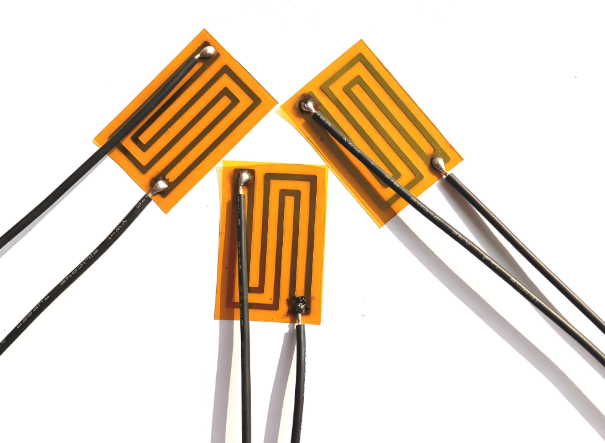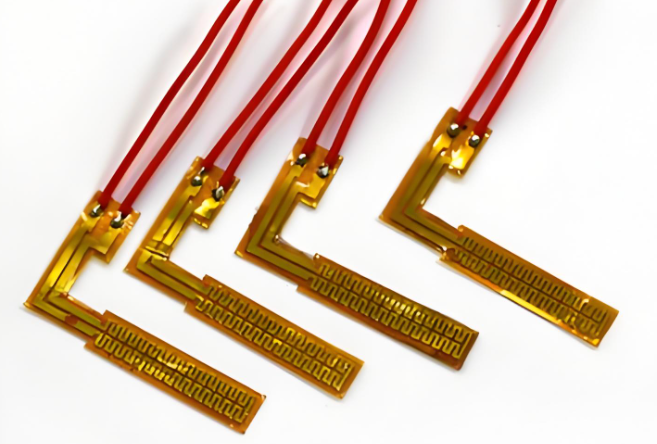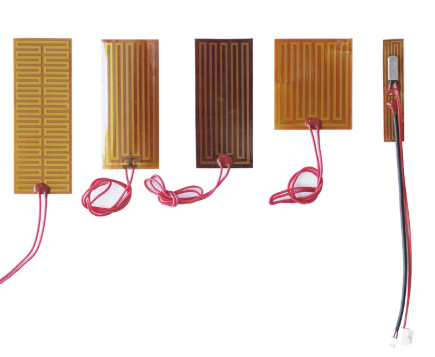Flexible heaters are widely used in applications that demand uniform heat distribution, compact design, and reliable performance under dynamic conditions. From aerospace and medical equipment to battery heating systems, their flexibility and efficiency make them an excellent choice. However, maintaining electrical safety and durability requires proper insulation methods. Insulation not only protects internal circuits but also improves the heater’s lifespan and environmental resistance.
In this blog, we’ll explore the most common insulation techniques for flexible heaters, how they function, and why choosing the right method is crucial for long-term reliability.
Insulation plays a critical role in preventing short circuits, moisture intrusion, and mechanical wear. Flexible heaters often operate in environments where temperature changes, humidity, or vibration can damage the heater’s conductive layers. Proper insulation acts as a barrier against these external factors.
It also ensures user safety by covering exposed solder joints and conductive traces. The insulation material must remain stable across a wide temperature range while maintaining excellent flexibility and adhesion.

Insulation is more than just covering wires. In flexible heaters, it serves several essential purposes:
Without proper insulation, even high-quality heaters may fail prematurely, causing costly downtime in critical applications.
Potting is one of the most common and effective insulation methods for flexible heaters. It involves applying a protective silicone compound over sensitive areas to form a durable seal. The potting material is available in multiple colors, each suited for specific conditions:
The potting process typically involves:
Potting enhances moisture resistance, electrical isolation, and mechanical protection. It’s particularly effective for heaters that must endure bending or vibration.

While potting covers larger areas, solder joints remain the most vulnerable points in flexible heaters. Over time, these joints can fatigue, crack, or oxidize. A silicone layer over solder joints reinforces these weak spots.
Key benefits include:
This method is especially common in applications like wearable heaters, automotive sensors, aerospace electronics, and battery heaters, where joints undergo frequent movement.
Although both potting and silicone covering protect flexible heaters, they serve slightly different purposes:
| Feature | Potting | Silicone Cover Layer Over Solder Joints |
| Coverage | Large areas including traces and components | Focused on solder joints |
| Mechanical Protection | Moderate to high | Very high at weak points |
| Moisture Resistance | High | High locally |
| Thermal Endurance | Depends on silicone type | Excellent, especially in red or high-temp silicone |
| Visual Inspection | Limited (except transparent) | Possible if applied thinly |
| Flexibility | Moderate | High, especially in bending areas |
In many cases, manufacturers combine both methods. Potting protects the overall heater, while silicone layers reinforce critical solder joints. This combination provides the highest durability and reliability.
Although potting and silicone covering dominate the industry, some additional techniques are used depending on specific requirements:
Choosing the right method depends on application temperature, flexibility needs, moisture exposure, and mechanical stress.
Flexible heater insulation is critical across multiple industries:
In every sector, choosing the right insulation improves heater performance, safety, and durability.

To maximize the effectiveness of insulation, manufacturers follow several best practices:
In flexible heaters, insulation is not just a finishing step—it’s a safeguard for performance, safety, and longevity. The two most common insulation techniques are potting (in black, red, white, or transparent silicone) and adding an extra silicone cover layer over solder joints. These methods ensure that the heater remains durable, stable, and safe, even in harsh environments.
At Danyu electronics, we specialize in producing high-quality flexible heaters designed with precise insulation methods to meet diverse industrial and commercial needs. Our team focuses on reliability, safety, and customization—from material selection to insulation treatment.
If you’re looking for a trusted flexible heater manufacturer, contact Danyu electronics today at sales@best-heaters.com
to discuss your custom requirements.
1. Why is insulation important for flexible heaters?
It prevents short circuits, moisture damage, and mechanical stress, ensuring long-term reliability.
2. What types of potting colors are available for flexible heaters?
Black, red, white, and transparent are commonly used, depending on application and visual preference.
3. How does silicone improve heater insulation?
Silicone provides excellent flexibility, heat resistance, and moisture protection, making it ideal for flexible heater insulation.
4. Can I use both potting and silicone cover layer together?
Yes, combining both methods enhances protection and improves mechanical durability.
5. Who can provide customized insulation for flexible heaters?
Danyu electronics offers tailored flexible heater designs with professional insulation solutions to match specific project needs.
Simply drop your email or phone number in the contact form, and we'll promptly reply you shortly.